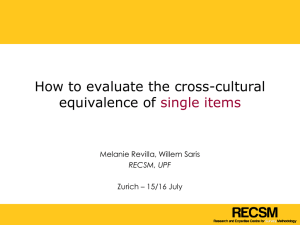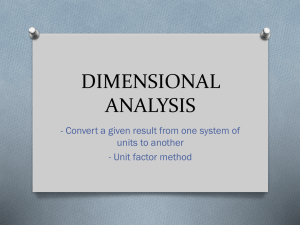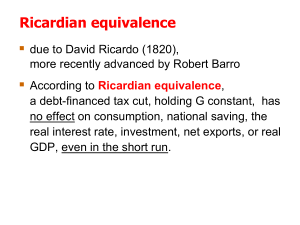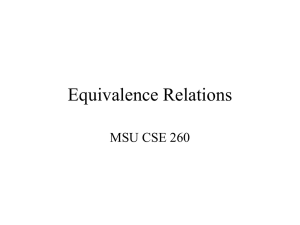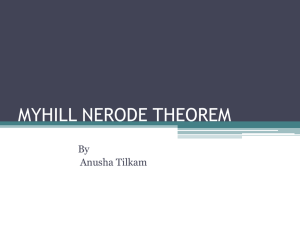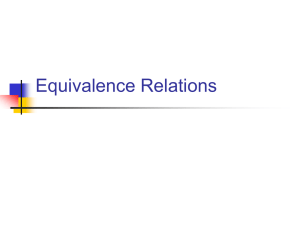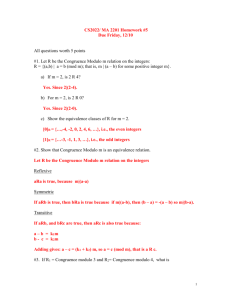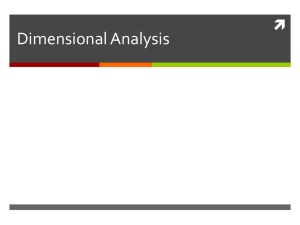Pragmatic Equivalence
advertisement
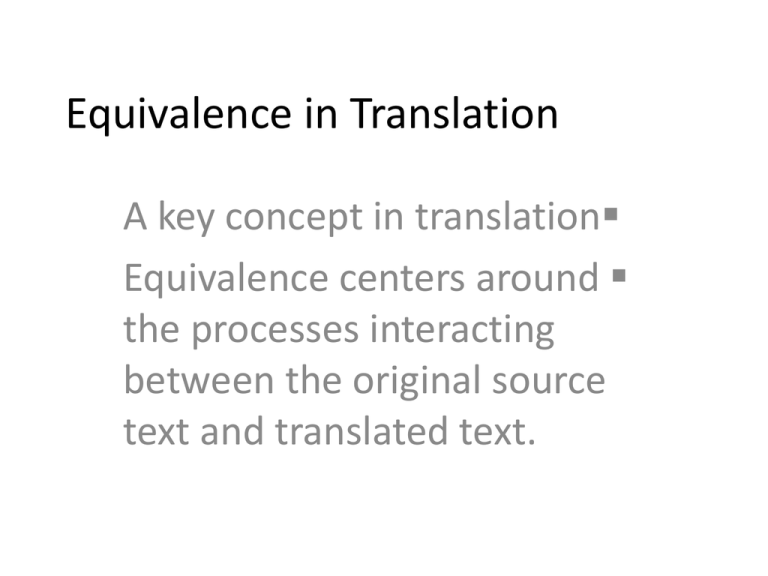
Equivalence in Translation A key concept in translation Equivalence centers around the processes interacting between the original source text and translated text. Types of Equivalence (1) Referential equivalence is established when the words in the source language (SL) refer to the same objects in the world as the words in the target language (TL) .g. book and in English refers. كتابe (2) Connotative equivalence is established when the words in both languages and texts trigger the same associations and connotations. (3) Pragmatic equivalence refers to words in both languages having the same effect on the readers in both languages. Types of Equivalence Referential • when the words in the source language (SL) refer to the same objects in the world as the words in the target language (TL). Communicative • when the words in both languages and texts trigger the same associations and connotations. Pragmatic • When words in SL + TL have the same effect on the readers in both languages Types of Equivalence (4) Contextual equivalence is established when words in both languages are used in the same or similar contexts. (5) Formal equivalence refers to words in both languages having similar phonological or orthographic features. (6) Textual equivalence refers to aspects of cohesion and coherence which are similar in both texts and languages. Types of Equivalence Contextual • when words in both languages are used in the same or similar contexts. Formal • When words in both languages having similar phonological or orthographic features Textual • When aspects of cohesion and coherence which are similar in both texts and languages Why is equivalence important in translation? How is meaning reproduced in translation? • How is meaning reproduced in translation? Is it only through surface language features? Words, grammar, phonology, text cohesion • Or through covert underlying conceptual meaning? Pragmatic meaning Meaning in use, situation, context and readership • cultural background, It is not in text, but in situations involving language What is pragmatics? • The study of language in use. • How utterances are used in communicative situations and the way we interpret them in a context • The study of meaning not as generated by the linguistic system but as conveyed and manipulated by participants in a communicative situation Two important concepts in pragmatics coherence Implicature a network of relations which organizes and create text concerned with how utterances are connected to each other Coherence and cohesion coherence Conceptual relationship underlying the surface text Underlying semantic relation Readership property: reader’s evaluation of the text Implicit meaning Subjective: varies from reader to reader Making sense of the text cohesion Surface textual relationships such as cohesive devices Linking words and expressions to other words and expressions. Text property: cohesive markers “therefore” etc. Explicit meaning Objective: automatic recognition Cannot create coherence Example of a cohesive text I bought a Ford. The car in which President Wilson rode down the Champs Elysees was black. Black English has been widely discussed. (See Baker P 218) As for coherence see example P. 220 “A Hero from Zero” What is pragmatic equivalence? How a text makes sense to a given readership. We go beyond the textual level and see how utterances are used in communicative situations pragmatic equivalence tends to reproduce the context and text goals of the SL. "pragmatic equivalence subsumes all of the semio-pragmatic-communicative layers of communication."[29] Examples of these semiotic and communicative dimensions are genre, field, mode, tenor, text type and translation purpose (skopos). Examples a) 1-Eng ST: He was armed to his teeth. كان مسلحا حتى أسنانه2-Arb TT1: كان مدججا بالسالح3-Arb TT2, (optimal): b) 1-Eng ST: He kicked the bucket. ركل الدلو2-Arb TT1: وافته المنية3-Arb TT2, (optimal): Example for translation • يقول أمرسون في قصيدته (التميمة) Amulet Give me an amulet that keeps intelligence with you Red when you love, and rosier red And when you love not, pale and blue ما ترجمته: أعطني تميمة تحتفظ بالذكاء/المعلومات معك توردا حمراء عندما تحب ،وحمراء أكثر ّ وشاحبة زرقاء عندما ال تحب وأظن أن ما يقصده هو اآلتي: أعطني تميمة عربونا للمودة ما بيننا بحيث تكون صلة الوصل بين روحينا ،فتبقيني على علم بما تحس به. وردي فعندما تحبني تحتفظ بلون أحمر ،وكلما ازداد حبك تحول لونها إلى ّ أما إن شحب لونها وعلته زرقة ،فعندها سأعرف أن حبك خبا وفقد وهجه. Implicature
